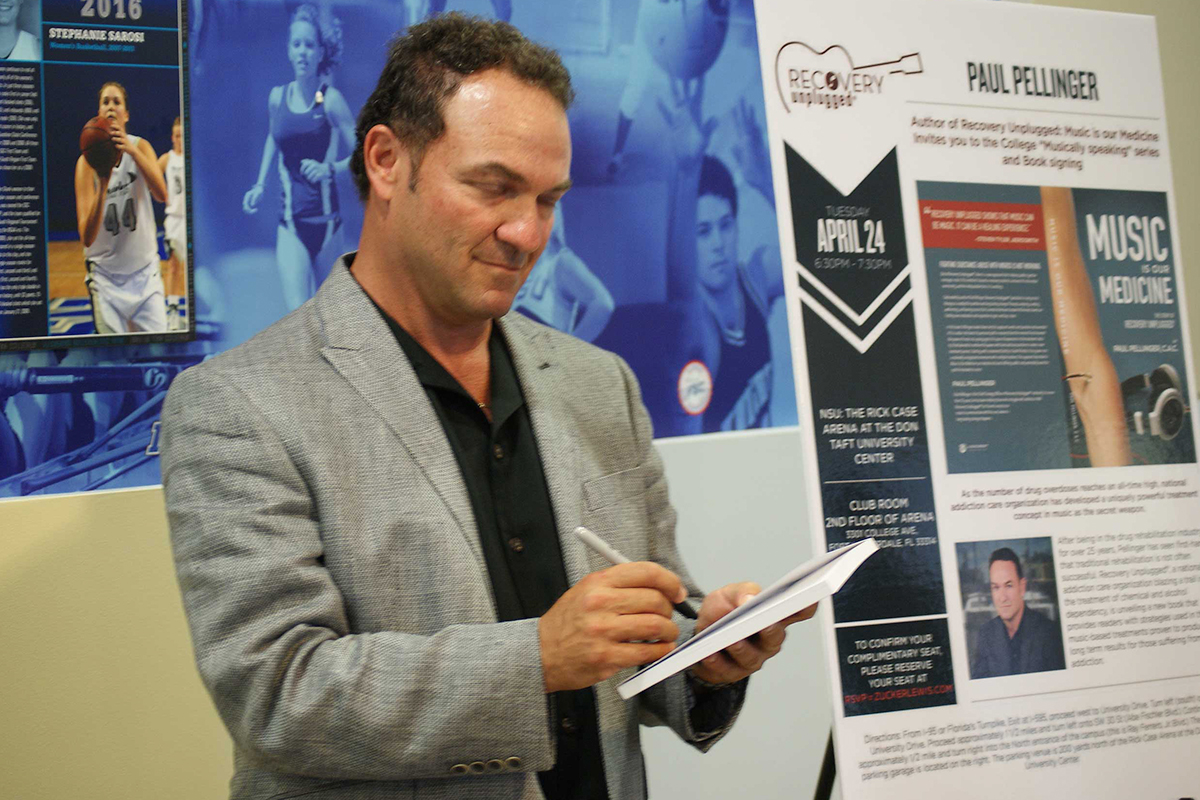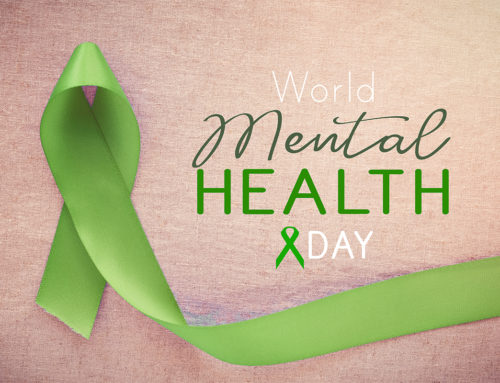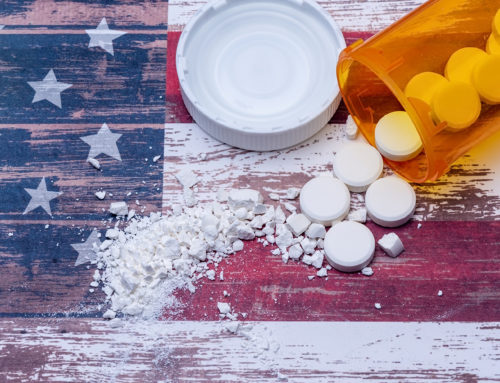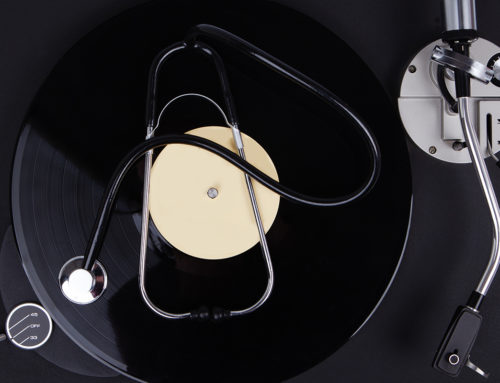This September marks the 30th anniversary of National Recovery Month, an event established and sponsored by the Substance Abuse and Mental Health Services Administration (SAMHSA) to raise awareness about the disease of substance use disorder (SUD), de-stigmatize addiction and celebrate the efforts and accomplishments of the recovery community. The number 30 also holds a special significance because overdoses in 2018 were down for the first time in 30 years, signaling that recent all-around efforts to curtail SUD are on the right track.
It’s difficult to quantify all the ways in which the addiction care landscape has shifted in the past 30 years, or all the immense strides the recovery community has made during this time, but as someone who has spent decades witnessing and affecting these changes, I can safely say that they have been palpable. The treatment industry has undergone serious and, in some cases, fundamental shifts on the clinical, regulatory and operational fronts (some good, some bad, some inevitable), and many of these changes have taken place in just the last decade.
De-Stigmatization of Addiction
For a long time, stigma has been a strong impediment to individuals struggling with SUD, and has had real implications in many areas of the recovery journey, from social integration to treatment access to community support. Bedrock legislative changes, more sophisticated and nuanced media perceptions and, frankly speaking, the explosion of prescription drug addiction, have all played a part in illustrating the reality that addiction is a bona fide chronic medical condition (and not a moral failing) that affects people of all cultures and socio-economic backgrounds.
Perhaps one of the most significant institutional changes in this context is the redefining of addiction by the American Society of Addiction Medicine as a brain disorder that “affects neurotransmission and interactions within reward structures of the brain, including the nucleus accumbens, anterior cingulate cortex, basal forebrain and amygdala, such that motivational hierarchies are altered and addictive behaviors, which may or may not include alcohol and other drug use, supplant healthy, self-care related behaviors.” These changes in vocabulary and classification not only aid in reducing long-term social stigma, they also have the power to directly inform healthcare policy and the scope of insurance coverage available to those who need help.
Expanded Treatment Access and Resources
It is hard to deny that the clinical resources used to treat substance use disorder have evolved considerably in recent years, as have the avenues of treatment access of which SUD sufferers can avail themselves. The evolution of medication-assisted treatment (MAT) has yielded more intuitive and effective pharmacological interventions, such as Vivitrol® and Suboxone®. These medications, which have been dubbed the “gold standard” of addiction treatment, have led to considerably higher rates of long-term abstinence and better overall treatment outcomes for opioid use disorder. Apart from pharmacological interventions, the advancements of supplemental and occupational modalities, including the integration of art and music-assisted therapies, have been instrumental in helping individuals manage their SUD on a holistic level.
At the same time actual treatment is advancing, so are the resources that allow vulnerable populations to access it. Increased state funding through Medicaid and other programs, as well as more coverage from private insurance companies through laws like the Affordable Care Act (ACA), have helped more and more people access treatment and embark on long-term recovery. The ACA’s designation of addiction treatment as an “Essential Health Benefit” has gone a long way in reshaping access parameters for historically underserved populations. There is still, however, much more work to be done, as the Substance Abuse and Mental Health Services Administration reports that just a fraction of individuals who are suffering from SUD actually receive proper treatment. Let’s change this.
Heightened Accountability…Finally
Not all of the developments over the past three decades have been positive. Probably the most glaring and malignant phenomena has been the explosion of prescription opioid fatality, which has risen consistently every year since 1999. For a long time, pharmaceutical companies were able to escape culpability for their role in the epidemic; however, this past month, we saw two landmark legal decisions (one involving Purdue Pharma and the other involving Janssen) that are expected to set new standards of accountability for these drug makers. The medical community has also come under scrutiny for the often-hasty nature in which doctors have prescribed these drugs. The establishment of statewide monitoring programs and increased federal crackdowns are just a few tools that have been employed to combat the proliferation of prescription painkiller abuse.
Recovery Unplugged’s Contribution to the Change
I mentioned before that one of the most significant innovations in the clinical treatment of SUD is the exploration of more intuitive therapeutic modalities beyond traditional treatment methods, and there’s no better example of this than the work we do at Recovery Unplugged. In addition to being a licensed and reputable provider of medication-assisted treatment, we also provide another kind of MAT: Music-Assisted Treatment. We have taken the integration of music in addiction care to the next level, beyond peripheral music therapy to fully immersive musical engagement. Since our establishment, we may have tweaked the applications and refined the exact scope of the programming, but the musical through-line of the Recovery Unplugged treatment experience has directly translated to long-term success rates four times above the national average, a 95 percent client satisfaction rate, and completion rates over five times the national average, which all lead to better treatment outcomes.
Our stellar success rates occur alongside a rapidly growing body of research that clearly demonstrates music’s ability to heal, including one landmark study from McGill University that indicates music affects the brain in a similar fashion to opioids, alcohol and sex and a meta-analysis of over 400 studies that definitively reinforce music’s positive and balancing effects on neurochemistry. We’ve also had the honor of partnering with Nova Southeastern University to produce our own research.
What has been the most rewarding, however, is the everyday changes we see in the people we treat. The way they grow more comfortable with themselves in recovery, the way they reclaim their dignity, the way they find hope and community through the universal connection to music, and the way they’ve embraced our alumni community for lifelong support. When I first started this program, I had a deep and abiding belief in its success; however, its growth and limitless potential have managed to surpass even my expectations. This growth is owed solely to the effectiveness of our treatment, the quality of our staff, and commitment to long-term client health.
The Next 30 Years
As we prepare to close the books on another National Recovery Month, Recovery Unplugged intends to keep the momentum going, and continue our relentless pursuit of innovative and exemplary client care. Although the treatment and recovery landscapes have seen incremental improvement, substance use disorder remains one of the world’s most urgent and pervasive public health crises. As treatment, prevention, legislative efforts and community involvement continue to undergo advancement and innovation and move the ball forward, Recovery Unplugged will be right there in the mix and at the forefront of quality care and positive change. Happy National Recovery Month. Let’s embrace the spirit all year. – Paul Pellinger







